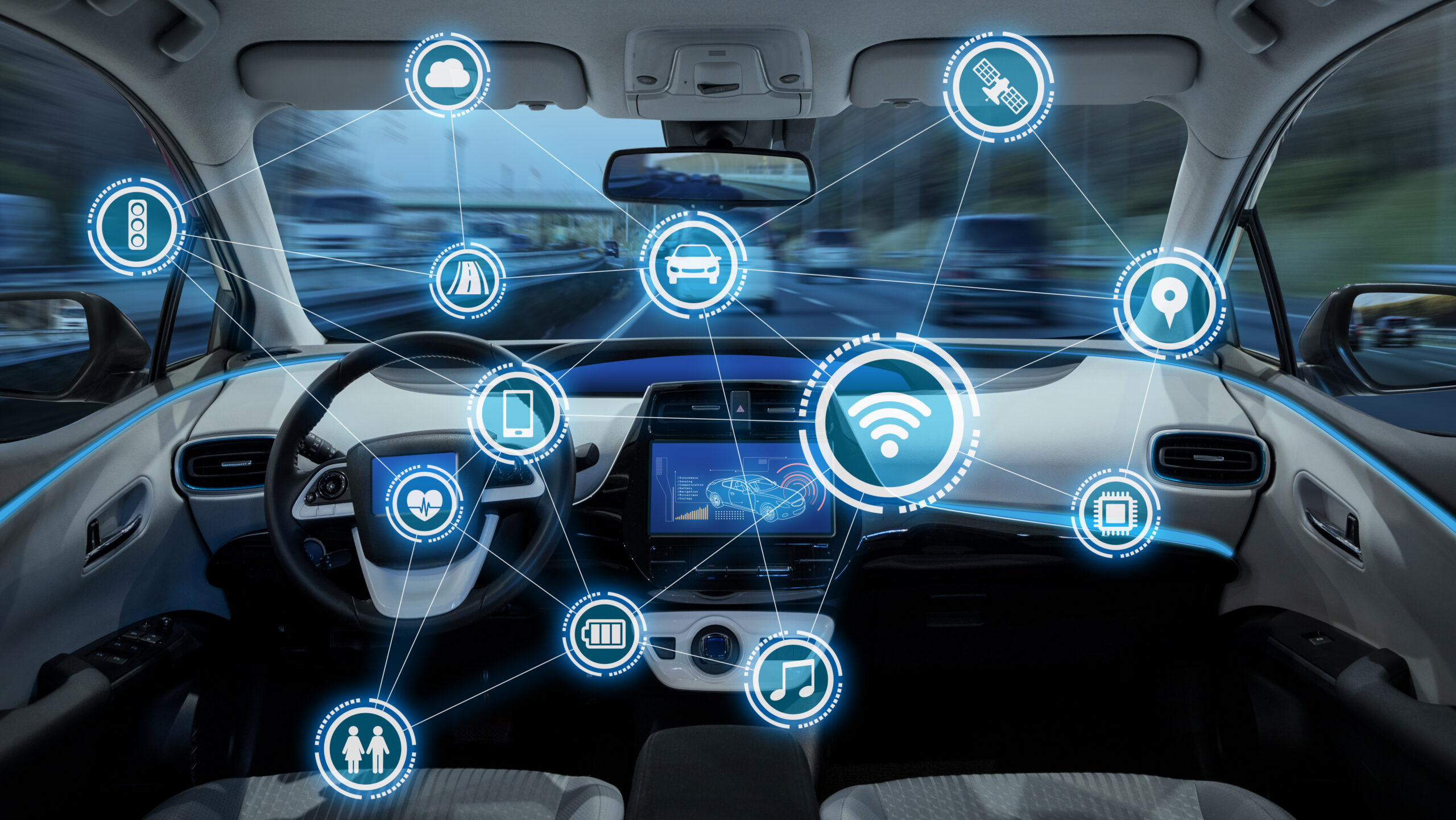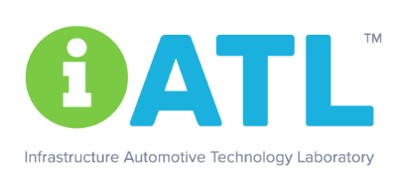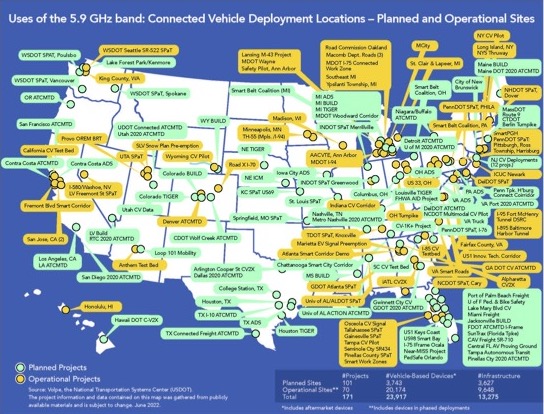What’s V2X?
Vehicle to Everything


V2X technology has been in operation for more than a decade, but until now, has been largely relegated to a small portion of new vehicles. Connected traffic infrastructure is now a reality and is increasingly coming online worldwide.
Vehicle-to-Everything
Connex2X believes that the Bipartisan Infrastructure Law will catalyze the adoption of V2X nationwide. According to the US National Highway Traffic Safety Administration, safety applications supported by V2X technology could eliminate or mitigate the severity of up to 80% of unimpaired crashes. In the US, the recently enacted Infrastructure Law earmarked $600 billion for surface transportation and connected mobility infrastructure for deployment over the next 5 years.
Vehicle-to-Vehicle:
Wireless exchange of information using
Cellular-V2X (C-V2X) direct
communications. Vehicles broadcast their
location, speed, and heading. Vehicles
receiving this information can determine a
360 degree awareness of proximity in their
immediate vicinity.
Vehicle-to-Infrastructure:
Using C-V2X direct communications to
exchange information with the road
infrastructure (i.e., highways, traffic
signals, road works, etc.). Roadside Units
(RSUs) maintained by municipalities and
other government agencies provide
information such as traffic signal status,
road construction, traveler information.
Vehicle-to-Pedestrian:
Communication between vehicles and blindspots to protect passers-by, bicyclists, strollers, wheelchairs, and vulnerable pedestrians. Information includes visibility and interaction with pedestrians running a version of our consumer connected mobile application on Apple iOS and Android, to increase awareness of pedestrian movement around our vehicles, and transmit alerts to pedestrians for oncoming vehicular traffic.
Vehicle-to-Network:
Using the cellular network (4G/5G) to
communicate to the cloud. Cloud
connections facilitate communications with
fleet management systems, infrastructure,
home automations, etc. Our Connex2X cloud
fuses data from disparate sources to provide
relevant information.
Vehicle-to-Grid:
System that connects hybrid or electric cars to power grids. Information includes location of electric vehicle charging grid stations
Smart Cities, Smart Cars, Smart Drivers
Smart Cities
Smart cities utilize a range of cutting edge technologies including the Internet of Things (IoT), Artificial Intelligence (AI), Machine Learning (ML), big data analytics, blockchain, and more to make urban living more efficient. Sensors collect data from citizens, other devices, buildings, the external environment and much more to draw insights that can improve operations, city planning, asset and resource management, and community services. New York, Washington, DC, and San Francisco are the top three smart cities in the US. The Bipartisan Infrastructure Law is expected to advance the proliferation of smart cities and bring the benefits of these innovations to a city near you! Smart cities have infrastructure that can communicate through C-V2X to make traffic management services more efficient and the roads safer.
Get Started
Connex With Us
600 Cleveland Street, Suite 382, Clearwater, FL 33755





